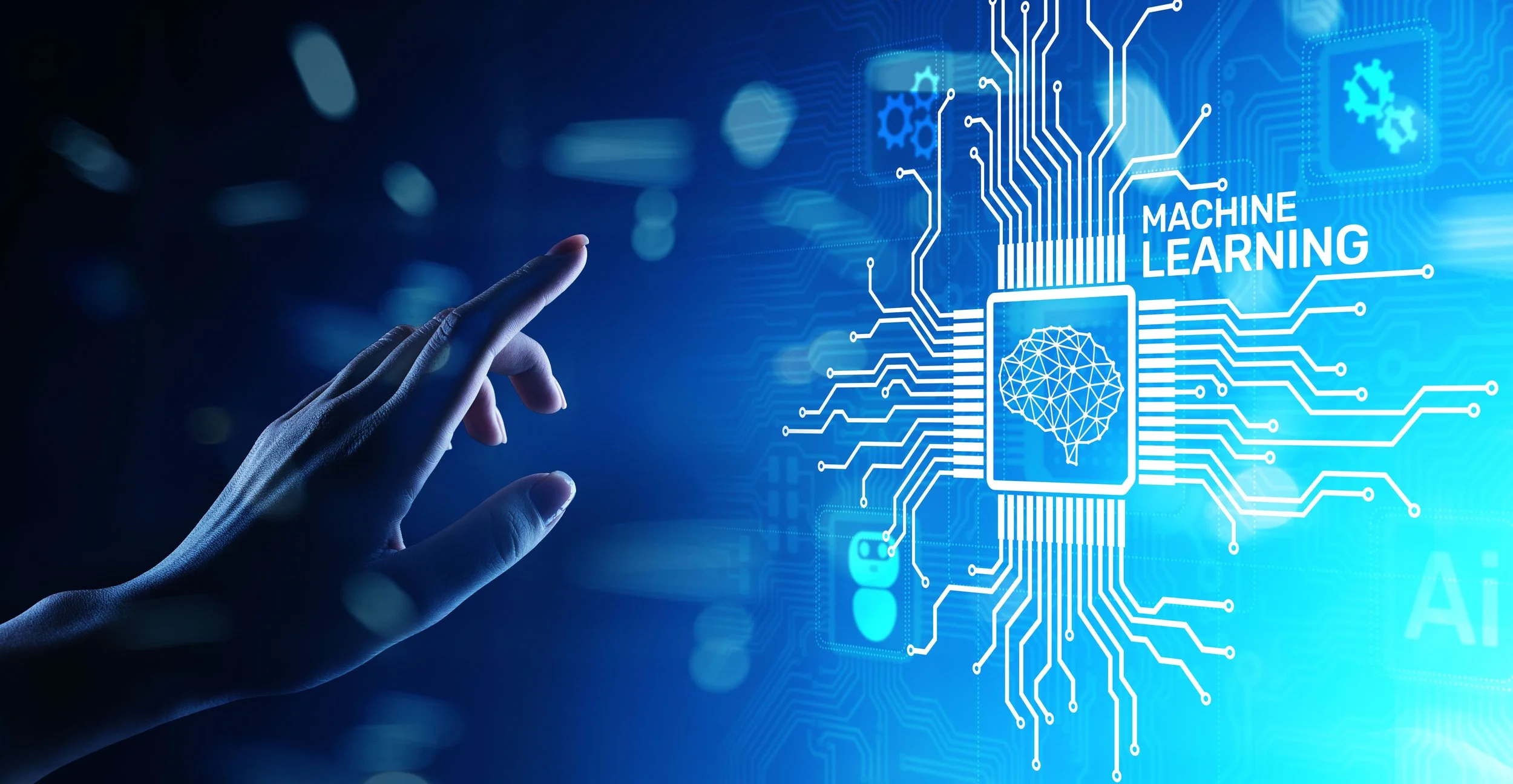Machine Learning Force Field for Ceramics at Extreme Conditions
The lecture discusses the application of machine learning force fields in simulating the behavior of ceramics at extreme conditions. The speaker presents a case study on using this technique to simulate the properties of ceramic body armor, which is crucial for understanding its performance under various stressors. By leveraging machine learning algorithms, researchers can significantly speed up simulations that would be computationally expensive or even infeasible with traditional methods like Density Functional Theory (DFT).
The main points highlighted include the importance of simulations in research, especially in atomistic material science; the novelty of applying machine learning force fields to ceramic body armor; and the open-access workflow that allows researchers to create and iterate upon their own models. The speaker also emphasizes the need for fair data sharing to promote more efficient research and better results through collaboration. Additionally, they discuss potential limitations and future directions for improving these models, such as incorporating quantum mechanics equations like Max Planck's equation.

